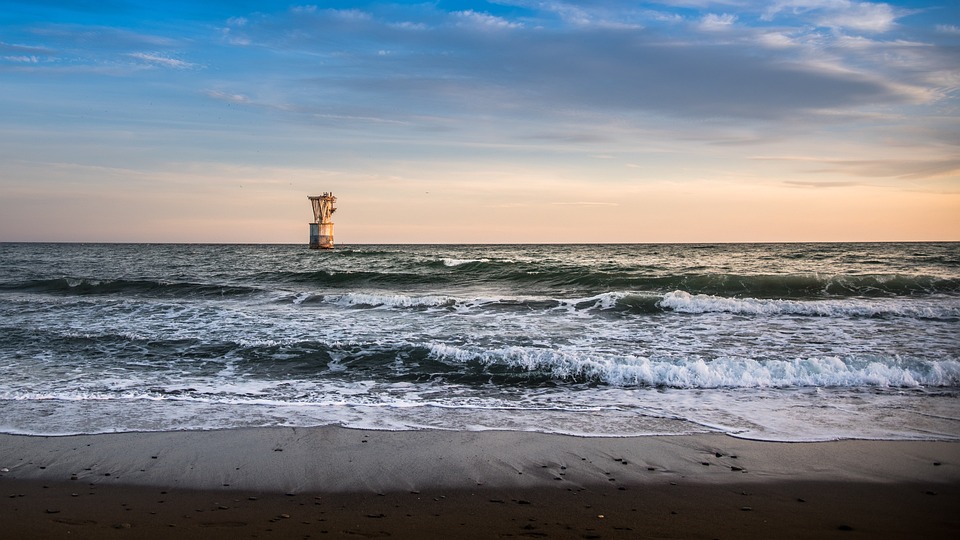Introduction
The Balcony of Europe, located in the charming coastal town of Nerja in Spain, is one of the most famous and iconic landmarks in the country. It offers breathtaking views of the Mediterranean Sea and has a rich history and interesting stories hidden within its walls. In this article, we will delve into the secrets and mysteries surrounding this incredible attraction.
History
The origins of the Balcony of Europe date back to the 9th century when it was initially a defensive fortress known as Balcón de la Caleta. It served as a lookout point against invasions and pirate attacks. Over the centuries, the fortress was gradually transformed, and in the 19th century, it was turned into a more open space for the public to enjoy the stunning views of the sea. King Alfonso XII visited Nerja in 1885 and was so captivated by the beauty of the spot that he named it the Balcony of Europe.
Architecture
The Balcony of Europe features a prominent statue of King Alfonso XII, who declared the area open to the public. The statue is surrounded by beautiful gardens and various vantage points to soak in the scenic panorama of the coastline. The design of the Balcony combines elements of both traditional Andalusian and contemporary architecture, making it a unique and visually appealing structure.
Legends and Myths
Like many historical sites, the Balcony of Europe has its fair share of legends and myths. One popular legend tells the story of a beautiful Arab princess who would visit the balcony every night to gaze out at the sea, waiting for her lost love to return from the sea. Another tale speaks of hidden treasure buried deep beneath the promenade, capturing the imagination of locals and tourists alike. These myths add an element of intrigue and enchantment to the already magical atmosphere of the Balcony of Europe.
Tourist Attractions Nearby
While the Balcony of Europe is undoubtedly the star attraction in Nerja, the town offers several other notable sights to explore. Just a short stroll away is the picturesque Nerja Caves, a natural wonder filled with stunning stalactite and stalagmite formations. The charming old town, with its narrow streets, whitewashed houses, and delightful shops, is perfect for leisurely walks. Additionally, the beautiful beaches that surround Nerja are ideal for relaxing and sunbathing, giving visitors a well-rounded experience.
Popular Events and Festivals
Throughout the year, Nerja hosts several events and festivals that bring the town to life. One of the most popular is the Nerja Caves Festival, where music concerts and performances take place inside the caves, creating a unique and extraordinary experience. The Semana Santa (Holy Week) celebrations in Nerja attract numerous visitors who come to witness the elaborate processions and religious events that take place during this time. These events provide an excellent opportunity for visitors to immerse themselves in the local culture and traditions.
FAQs Section
How much does it cost to visit the Balcony of Europe?
There is no entrance fee to visit the Balcony of Europe. It is a public space that can be freely accessed by anyone.
Is the Balcony of Europe accessible for people with disabilities?
Yes, the Balcony of Europe is wheelchair accessible with ramps and elevators throughout the area.
What is the best time to visit the Balcony of Europe?
The Balcony of Europe can be visited year-round, but the best time to enjoy its beauty without large crowds is during the shoulder seasons of spring and autumn. The weather is pleasant, and the views are mesmerizing.
Are there any guided tours available for the Balcony of Europe?
While there are no specific guided tours for the Balcony of Europe, many tour companies offer walking tours of Nerja that include a visit to the famous landmark.
Can I take photos at the Balcony of Europe?
Absolutely! Photography is allowed and encouraged at the Balcony of Europe. The breathtaking views and picturesque surroundings provide ample opportunities for capturing stunning photographs.
Are there any nearby restaurants or cafes?
Yes, the Balcony of Europe is surrounded by a variety of restaurants, cafes, and bars offering both local and international cuisine. Visitors can enjoy a meal or a refreshing drink while admiring the unparalleled vistas.

